context 的作用
go 的编程中,常常会在一个 goroutine 中启动多个 goroutine,然后有可能在这些 goroutine 中又启动多个 goroutine。

如上图,在 main 函数中,启动了一个 goroutine A 和 goroutine B,然后 goroutine A 中又启动了 goroutine A1 和 goroutine A2,goroutine B 中也是。
有时候,我们可能想要取消当前的处理,这个时候自然而然的也要取消子协程的执行进程。这个时候就需要一种机制来做这件事。context 就是设计来做这件事的。
比如在 web 应用中,当子协程的某些处理时间过长的时候,我们可能想要终止下游的处理,防止协程长期占用资源。保证其他客户端的请求正常处理。
context 的不同类型
context.Background
往往用做父 context,比如在 main 中定义的 context,然后在 main 中将这个 context 传递给子协程。
context.TODO
不需要使用什么类型的 context 的时候,使用这个 context.TODO
context.WithTimeout
我们需要对子 goroutine 做一些超时控制的时候,使用这个 context,比如超过多少秒就不再做处理。
context.WithDeadline
和 context.WithTimeout 类似,只不过参数是一个 time.Time,而不是 time.Duration
context.WithCancel
如果在父 goroutine 里面需要在某些情况下取消执行的时候,可以使用这种 context。
实例
context.Background
package main
import (
"context"
"fmt"
"time"
)
func main() {
ctx := context.Background()
go func(ctx2 context.Context) {
fmt.Println("ctx2")
ctx3, cancel := context.WithCancel(ctx2)
go func(ctx4 context.Context) {
fmt.Println("ctx4")
}(ctx3)
cancel()
}(ctx)
time.Sleep(time.Millisecond * 5)
}
在 main 入口里顶层的 context 使用 context.Background,子 goroutine 里面可以针对实际情况基于父 context 派生新的 context,比如,加入如果需要对子 goroutine 做一些条件性的取消操作,就可以像上面那样使用 ctx3, cancel := context.WithCancel(ctx2) 来基于父 context 创建一个新的 context,然后我们可以通过 cancel 来给子 goroutine 发送取消信号。
注意这里的用语,这里说发送取消信号,因为事实上是否取消后续操作的控制权还是在子 goroutine 里面。但是子 goroutine 有义务停止当前 goroutine 的操作。
个人觉得一个原因是,可能子 goroutine 里面有一些清理操作需要进行,比如写个 Log 说当前操作被取消了,这种情况下直接强行取消并不是很好的选择,所以把控制权交给子 goroutine。
这一点可能在大多数文章里面可能没有提到,但是笔者觉得如果明白了这一点的话,对于理解 context 的工作机制很有帮助。
这种机制的感觉有点像是,虽然你有权力不停止当前操作,但是你有义务去停止当前的处理,给你这种权力只是为了让你有点反应时间。
context.TODO
这个就跳过吧,好像没什么好说的
context.WithTimeout
func ExampleContextWithTimeout() {
// 10 毫秒超时时间
// context.WithTimeout 也返回了一个 cancel 函数,但是我们这里不需要,所以忽略了。
ctx, _ := context.WithTimeout(context.Background(), time.Millisecond * 10)
var wg sync.WaitGroup
wg.Add(1)
go func(ctx context.Context) {
defer wg.Done()
// sleep 20 毫秒模拟耗时任务
time.Sleep(time.Millisecond * 20)
select {
case <-ctx.Done():
// 因为已经超时了,所以 ctx.Done() 返回的 channel 直接返回了,因为已经关闭了
// 我们可以使用 ctx.Err() 来查看具体的原因,这里是 "context deadline exceeded"
fmt.Println(ctx.Err())
return
default:
fmt.Println("in goroutine")
}
}(ctx)
wg.Wait()
// Output:
// context deadline exceeded
}
context.WithDeadline
func ExampleContextWithDeadline() {
// 10 毫秒超时时间
// context.WithDeadline 也返回了一个 cancel 函数,但是我们这里不需要,所以忽略了。
ctx, _ := context.WithDeadline(context.Background(), time.Now().Add(time.Millisecond * 10))
var wg sync.WaitGroup
wg.Add(1)
go func(ctx context.Context) {
defer wg.Done()
// sleep 20 毫秒模拟耗时任务
time.Sleep(time.Millisecond * 20)
select {
case <-ctx.Done():
// 因为已经到达了 deadline,所以 ctx.Done() 返回的 channel 直接返回了,因为这个 channel 已经关闭了
// ctx.Err() 同 context.WithTimeout,也是 "context deadline exceeded"
fmt.Println(ctx.Err())
return
default:
fmt.Println("in goroutine")
}
}(ctx)
wg.Wait()
// Output:
// context deadline exceeded
}
context.WithCancel
func ExampleContextWithCancel() {
// context.WithCancel 返回的第二个值是一个可以调用的函数,调用的时候子协程里面的 context 可以通过 ctx.Done() 获取到取消的信号
ctx, cancel := context.WithCancel(context.Background())
var wg sync.WaitGroup
wg.Add(1)
go func(ctx context.Context) {
defer wg.Done()
for {
select {
case <-ctx.Done():
fmt.Println(ctx.Err())
return
default:
fmt.Println("ExampleContextWithCancel default")
}
}
}(ctx)
cancel()
wg.Wait()
// Output:
// context canceled
}
其实我们可以发现,context.WithTimeout 和 context.WithDeadline 也返回了一个 cancelFunc,context.WithCancel 返回的 cancelFunc 和这个的效果一样。
只不过 context.WithTimeout 和 context.WithDeadline 多提供了一个时间上的控制。
总结
-
golang 中的 context 提供了一种父子 goroutine 之间沟通的机制
-
context.WithTimeout、context.WithDeadline、context.WithCancel 都返回一个新的 context 和一个 cancelFunc,cancelFunc 可以用来取消子 goroutine
-
goroutine 最终是否停止取决于子 goroutine 本身,但是我们有必要去监听 ctx.Done() 来根据父 goroutine 传递的信号来决定是否继续执行还是直接返回。
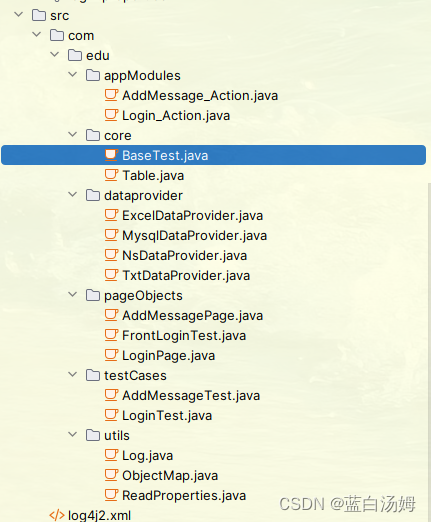
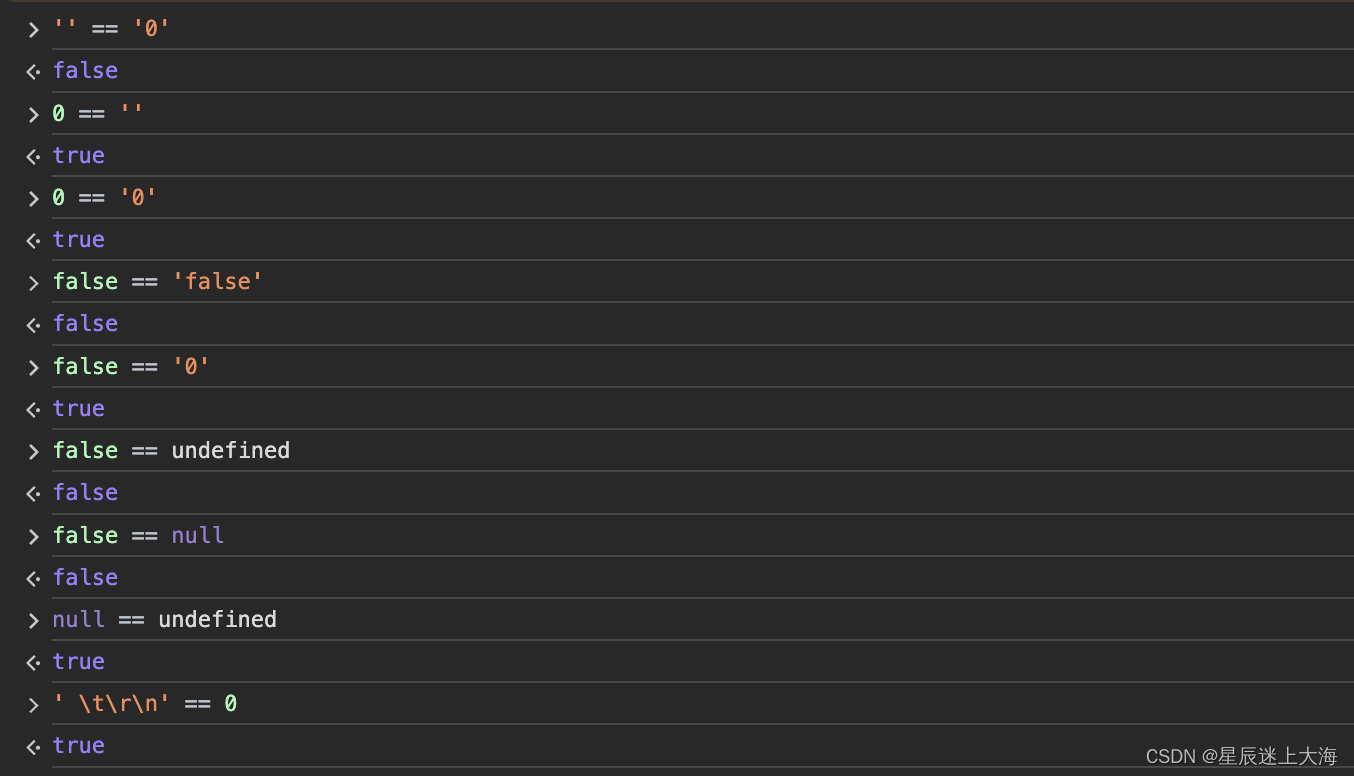
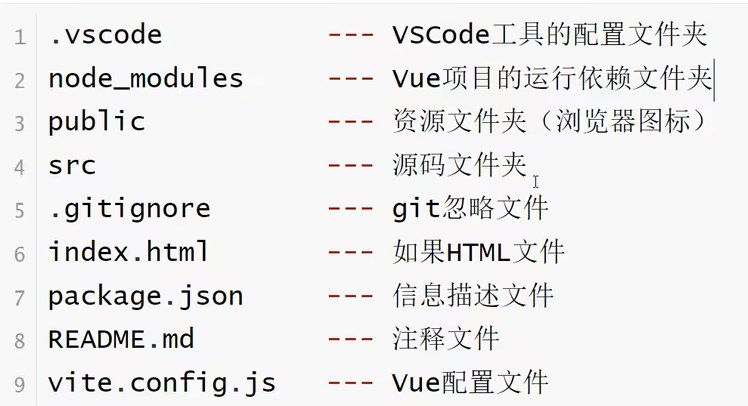


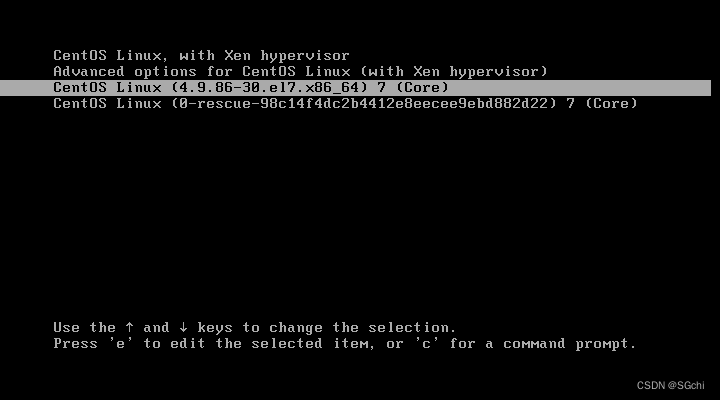
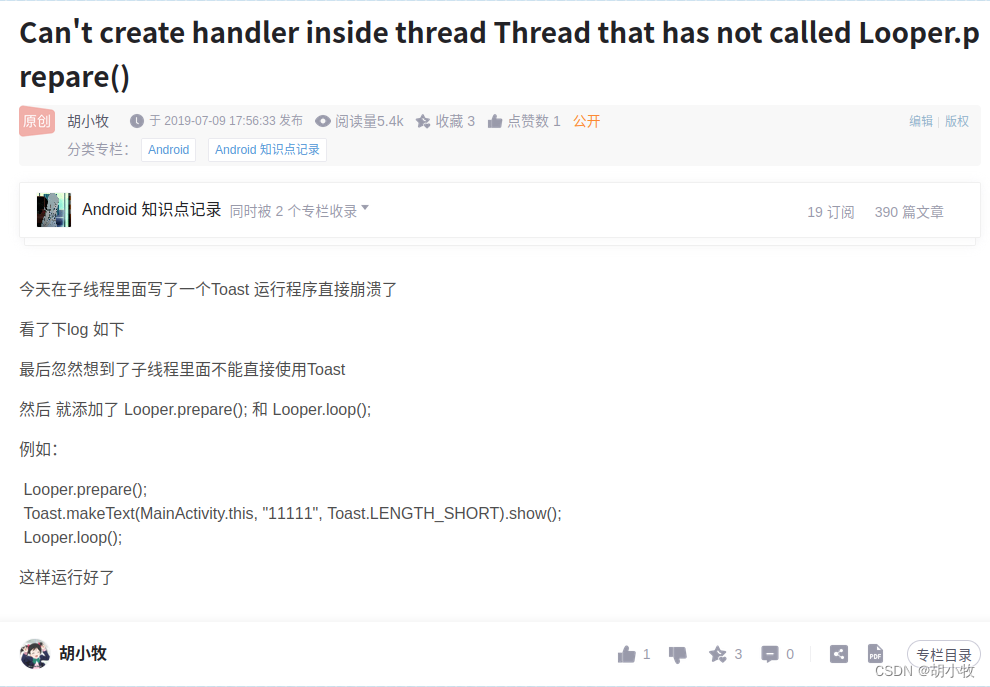



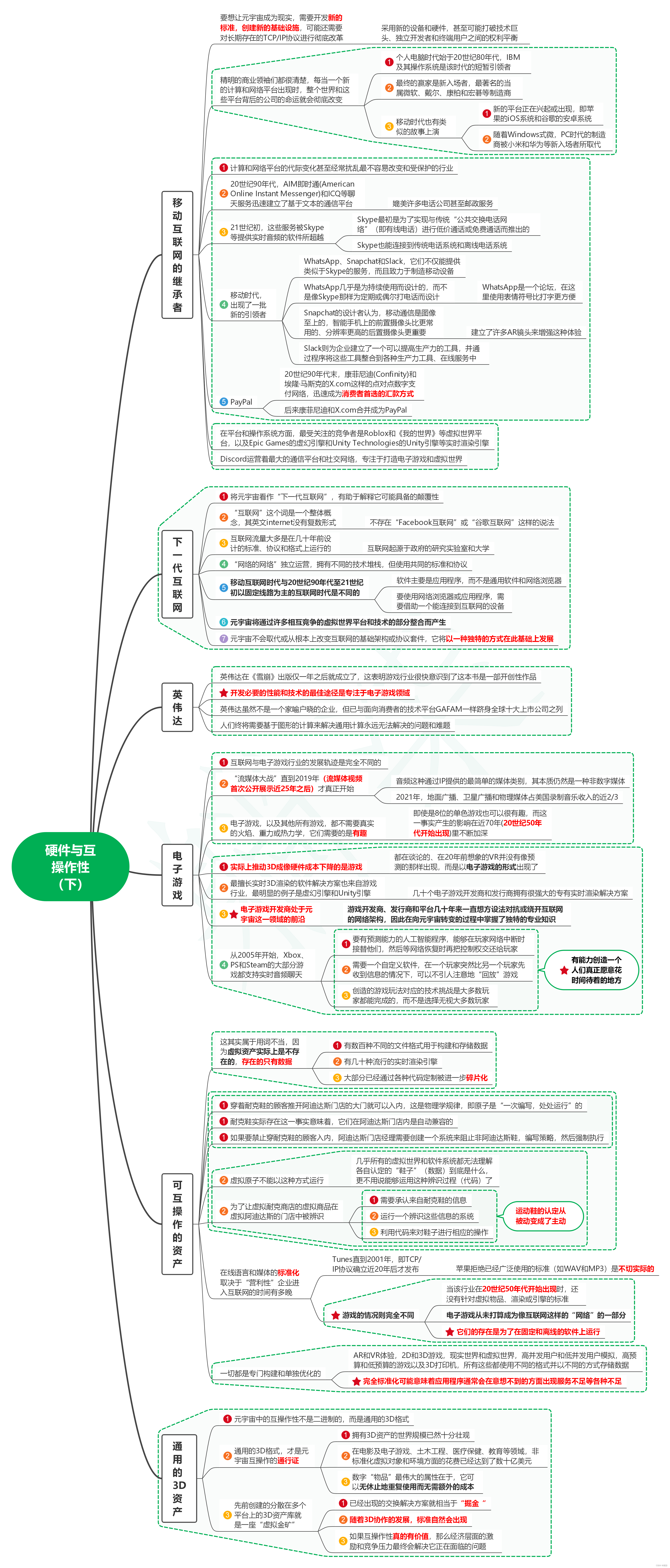


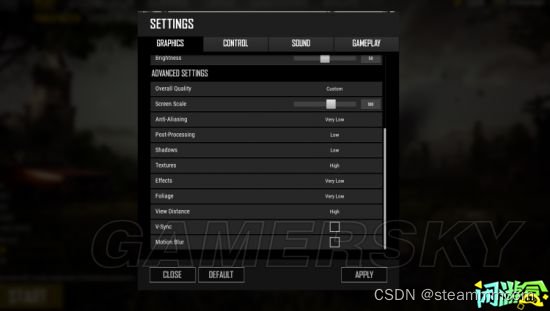



![[笔记]深度学习入门 基于Python的理论与实现(一)](https://img-blog.csdnimg.cn/direct/a2b26ac12c8f402fa94282dfd5b03d82.png)

